The Atmosphere's Dance: Unveiling the Secrets Behind Daily Weather
Discover weather's hidden language. Learn the science behind shifting skies, interpret nature's signals, and understand Earth's dynamic atmospheric ballet.

The Atmosphere's Dance: An Introduction
Every single day, without fail, the atmosphere above us orchestrates an intricate and ever-changing performance we call weather. It's a grand, global ballet of air masses, moisture, and temperature, constantly shifting, surprising, and shaping our lives. While many of us simply glance at a weather app for the day's outlook – 'residual instability,' perhaps, or 'a return of clearings and heat' – there's a profound complexity underpinning these simple predictions. We often take it for granted, but the sky's moods, from a mild, mixed day with fleeting clear spells to the drama of a sudden downpour with local thunder, are the result of unseen forces at play. This article invites you to look beyond the immediate forecast and delve into the fascinating mechanics that drive our daily weather, fostering a deeper appreciation for the dynamic canvas above.
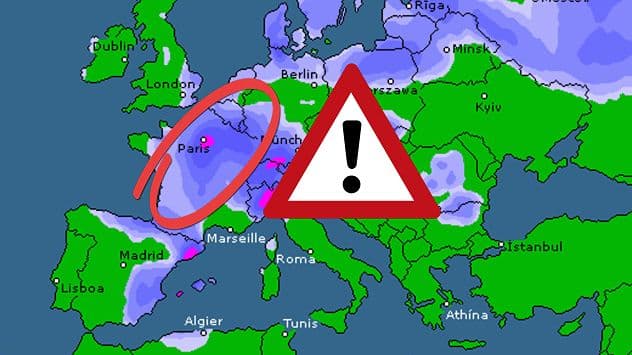
Invisible Architects: Decoding Atmospheric Forces
What exactly are these unseen forces that choreograph the weather's dance? They are the 'invisible architects' – powerful atmospheric elements like pressure systems, air masses, and the intriguing '' (gouttes froides) that can wreak havoc. Take, for instance, a cold drop: this isolated pocket of cold air aloft can be responsible for significant instability, leading to widespread showers, heavy rainfall, and even localized flooding. As it gradually shifts, perhaps towards as we've seen, the immediate severe weather might subside, but the underlying instability often lingers, ensuring a continued regime of showers across broad regions. These architects dictate where cloud passages circulate, how long clear spells might last, and where the risk of thunder looms, shaping the very character of our days.
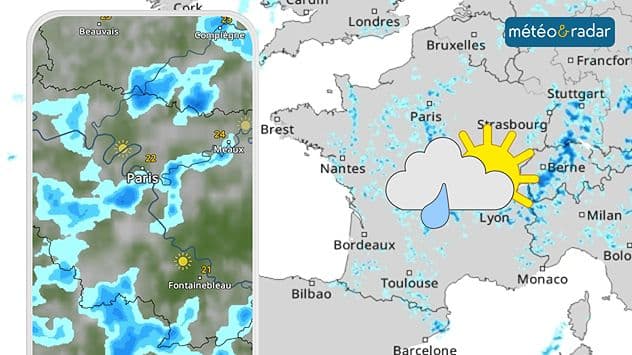
Beyond the App: Reading Nature's Subtle Cues
While digital tools offer invaluable insights, there's an ancient wisdom in observing nature's subtle cues. Understanding the 'mixed weather' often means recognizing how cloud formations are constantly circulating, preventing any long-lasting clear skies. You might notice the specific types of clouds associated with instability, or how the wind shifts before a shower. Even without a screen, the changing light, the feel of the air, or the distant rumble of thunder can tell a story. When you consult a modern precipitation map, the varying colors – from light hues indicating weaker rain to dark purples signaling intense downpours – are direct visual representations of these atmospheric dynamics. Learning to connect what you see on a radar with what you observe outside deepens your understanding, turning a simple forecast into a richer, more engaging experience.
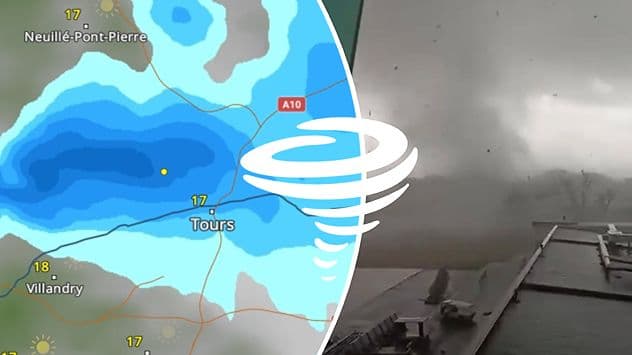
The Forecasting Frontier: Embracing Weather's Complexities
Predicting the weather is a monumental scientific endeavor, a constant '' that blends advanced technology with human expertise. Meteorologists grapple with immense data, fed into supercomputers that run complex models. These models aim to capture the nuances of shifting cold drops, the movement of air masses, and the conditions that spawn everything from widespread showers to extreme events like tornadoes or suffocating heatwaves. While a precipitation map is indeed a best-in-class tool for observing current rain, it's just one piece of a vast puzzle. The challenge lies in refining these models to predict the precise timing and location of phenomena, especially localized ones like a specific thunderstorm or a sudden burst of heavy rain in a city basin. It's a continuous pursuit of accuracy, pushing the boundaries of what's possible in understanding our planet's intricate atmospheric systems.
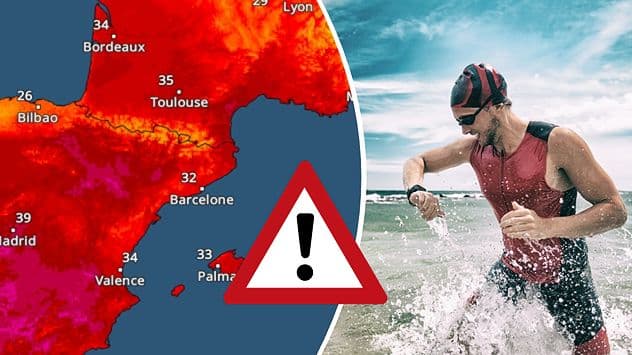
Living with the Dynamic Sky: Adaptation and Appreciation
Ultimately, our relationship with the weather is one of constant adaptation and, ideally, appreciation. Whether facing a week of mixed conditions with persistent showers, preparing for a severe event like a tornado, or enduring a scorching heatwave that traps , understanding the underlying dynamics empowers us. It's about more than just knowing whether to carry an umbrella; it's about making informed decisions for safety and comfort. Embracing the sky's dynamic nature means acknowledging its power, from the silent, dangerous heatwaves that can affect ocean temperatures to the sudden, destructive force of a localized storm. By learning about these forces, we move beyond passive consumption of forecasts to an active engagement with the world around us, fostering a deeper respect for the atmosphere's never-ending, magnificent dance.
Related Articles

The Sky's Whisper: Navigating Life's Atmospheric Rhythms

The Sky's Whisper: Navigating Life's Atmospheric Rhythms

Beyond Barometers: The Unexpected Stories Woven by Our Weather

Beyond Barometers: The Unexpected Stories Woven by Our Weather
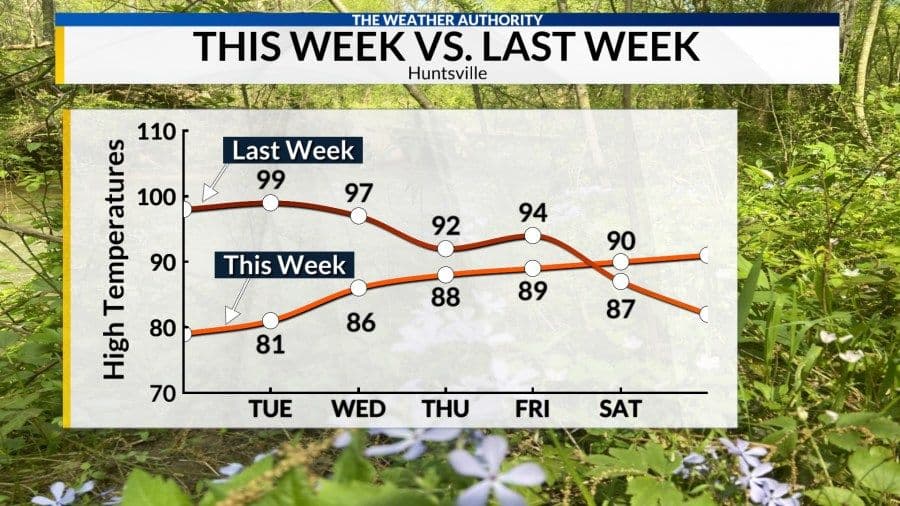
Nature's Rollercoaster: Understanding Your Local Weather's Wild Swings

Nature's Rollercoaster: Understanding Your Local Weather's Wild Swings
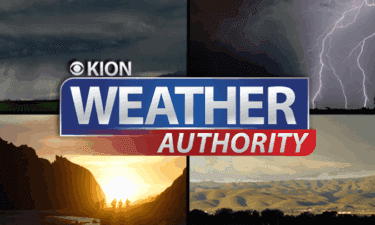
The Whispering Sky: Unveiling the Local Stories Behind Every Forecast
